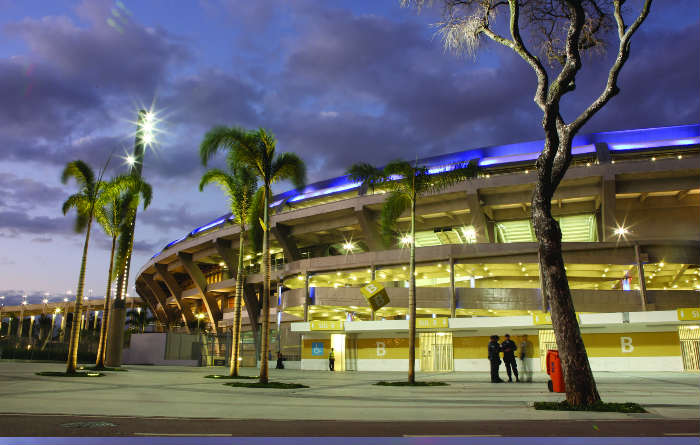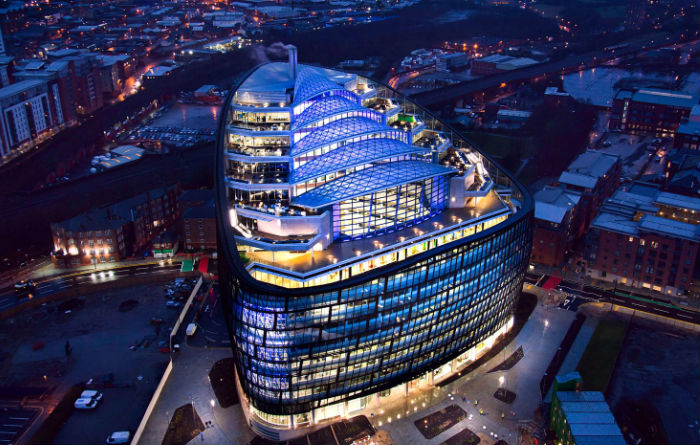The Right Way to Measure LED Output
Traditional methods of evaluating light focused on lumen output, which was defined by the output capabilities of a light source, such as an incandescent lamp. The advent of LED lighting changed all that, since lumens were no longer the best measurement of a luminaire’s capabilities.
Now the more accurate, relevant measurement is delivered light, which determines and records illuminance, the amount of light falling on a surface area. Measuring light output has shifted from testing the luminaire in a lab environment to measuring how light actually falls on the chosen surface in the real world.
What does this mean for lighting professionals? Delivered light is the best way to evaluate whether a luminaire will deliver the right amount of light – and the proper color – for a specific task.












